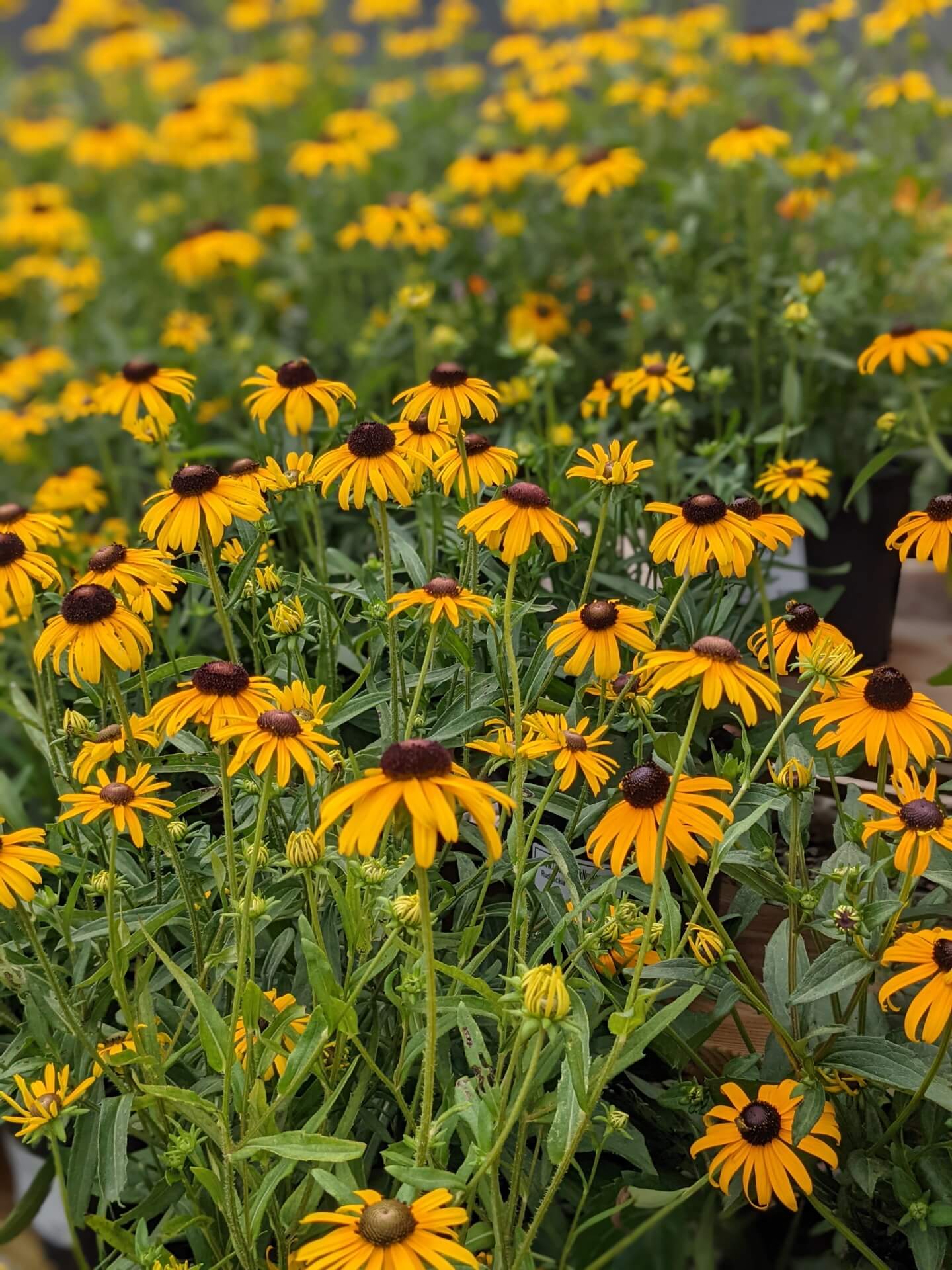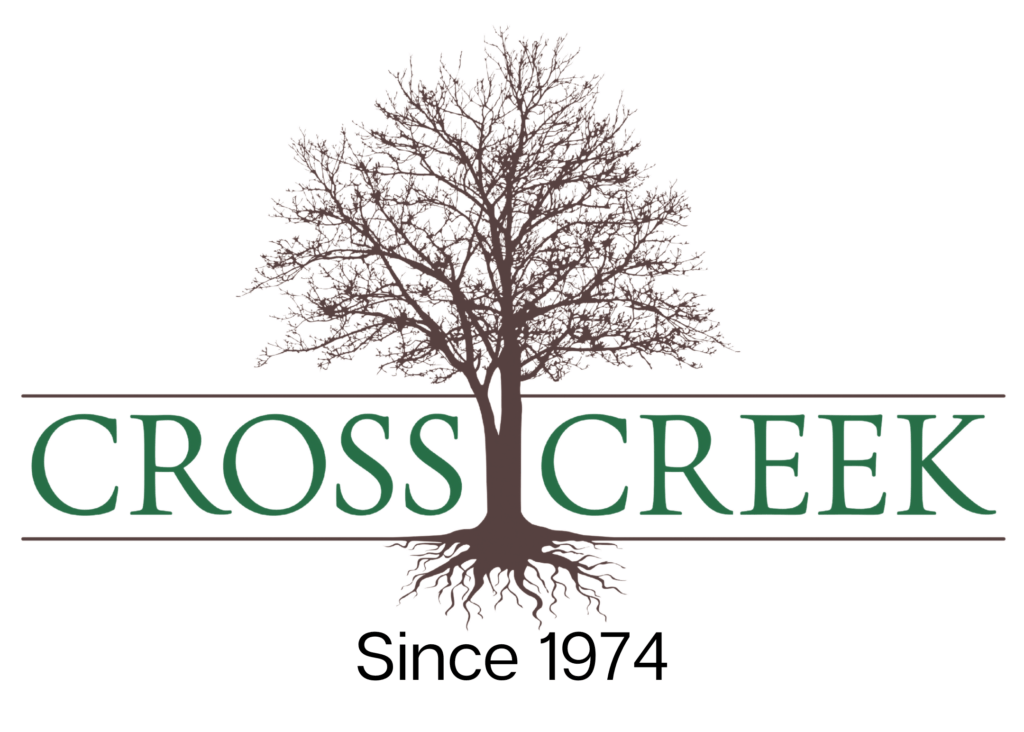
Adding Native Plants to your Landscape
The trees and shrubs available at Cross Creek Nursery are native to dozens of different countries with different habitats and climates. Crape Myrtles, for example, grow natively in eastern Asia but many homeowners in the southeastern United States choose to include them in their landscaping for their colorful blooms. Planting trees, shrubs, and perennials native to other regions provides visual interest and typically poses no threat to the wider environment if the plants are well maintained and prevented from spreading. In some cases, however, non-native species can wreak havoc on fragile ecosystems and sap up sunlight, space, and nutrients that native plants desperately need. Incorporating native plants into your landscape and controlling the spread of non-natives benefits the watershed, local wildlife, and your budget. Read on to learn about the range of native plants to choose from and how they can positively transform your outdoor space.
Virginia Native Trees
Native trees provide habitat for local wildlife and create a distinctively Virginian look and feel. The flowering dogwood tree, Cornus florida, is found across the eastern states and has the title of Virginia’s state tree. The subject of many a country song, dogwood flowers bloom with four petals in a symmetrical shape and give way to red fruit enjoyed by many native bird species. Flowering dogwoods are especially attractive to invertebrates; they host dozens of species of larval caterpillar also native to the region. For those looking for showier blooms, the Sweetbay Magnolia, Magnolia virginiana, is an excellent choice. They boast a long bloom time in the summer and remain evergreen through the winter in central Virginia, which means year-round beauty in your yard. Native trees can even help feed you and your family if you choose to plant Pawpaw trees, Asimina triloba, which produce large yellow fruit excellent for making jellies and jams.

Virginia Native Shrubs
For those lacking space to plant a tree, native shrubs carry similar benefits to the ecosystem. Common witch hazel, Hamamelis virginiana, will quickly become the star of your yard in the autumn months as it turns a brilliant golden yellow. Instead of choosing non-native varieties of Hydrangea, choose Hydrangea aborescens, also known as wild hydrangea. Their large and long-lasting blooms measure up to other varieties native to Asia and they tend to require less maintenance.
In fact, a common trend across native species is their tendency to require less maintenance than non-native counterparts. Native trees, shrubs, and perennials are better adapted to the environment so they can often withstand periods of drought, tolerate lower quality soil, and require less fertilizer. Perhaps the best perk of planting native is that pesticide application is rarely necessary; insects that feed off of native plants seldom weaken the plant enough to require chemical intervention. An established garden full of native species takes less time, water, and energy to care for; that’s good for the earth and for your wallet.
Virginia Native Perennials
The range of native perennials suited to this region showcases the gorgeous diversity and beauty of the wild Virginia landscape. The cardinal flower, Lobelia Cardinalis, adds a pop of crimson to any garden bed and attracts hummingbirds vital for pollination. Many types of Rudbeckia, including Black Eyed Susan, make excellent cut flowers and attract colorful finches to your garden. Milkweed, which blooms in many different colors, is an essential plant to sustain the population of Monarch butterflies. Monarda fistulosa, commonly called beebalm, similarly sustains populations of the Eastern Tiger Swallowtail butterfly and their fragrance repels deer as an added bonus.

With such a wide variety of plants native to central Virginia, gardening in a manner kind to both the environment and wildlife doesn’t have to be limiting. Cross Creek Nursery carries many of the plants listed above and even has a section dedicated to natives. When you come to visit, our staff is happy to help you find ways to incorporate native plants into your yard and discuss plant substitutions. As acres of wildlife habitat disappear and water conservation becomes an increasing priority, there is no better time than now to incorporate native plants into your landscape.
You can find more information at plantvirginianatives.org.
